Virtual Influencers are the new avatars that live on Instagram, TikTok, Facebook, Twitter, and different brands’ advertising campaigns. Over the last few years, virtual influencers have been a growing reality of internet interaction, and their influence is such that some of them have managed to collaborate with some of the world’s biggest brands.
Although they are not real people, virtual influencers (an avatar created digitally) seek to create a community on social networks and show a lifestyle like anyone else.
Brands collaborate with them to create advertising campaigns because of their continued growth and high engagement.
NOT THE FIRST VIRTUAL INFLUENCER
We tend to think that virtual influencers can separate us too much from reality when the truth is that we’ve been exposed to this fiction forever.
We must remember that all the characters we’ve created through literature or the movies industry are virtual influencers.
Imagine if Harry Potter was an influencer? How would his IG be? Which brands would he work with?
Stories create characters for readers
or viewers to interact with, fall in love or follow. They create communities and a lifestyle and even dictate trends; in other words, fictional characters were the first virtual influencers.
44% of people have the same level of trust in a product when endorsed by a virtual influencer rather than a human influencer.
WHAT ARE THE PROS
The planned and implemented strategy behind each post or story of the virtual influencer encourages brands to work with virtual influencers because as well as being cheaper to work with, there is a reduced risk over working with a human influencer. The team behind each virtual influencer has full control of the narrative, deciding what brands they collaborate with, what the avatar should look like, what it publishes and its principles and values.
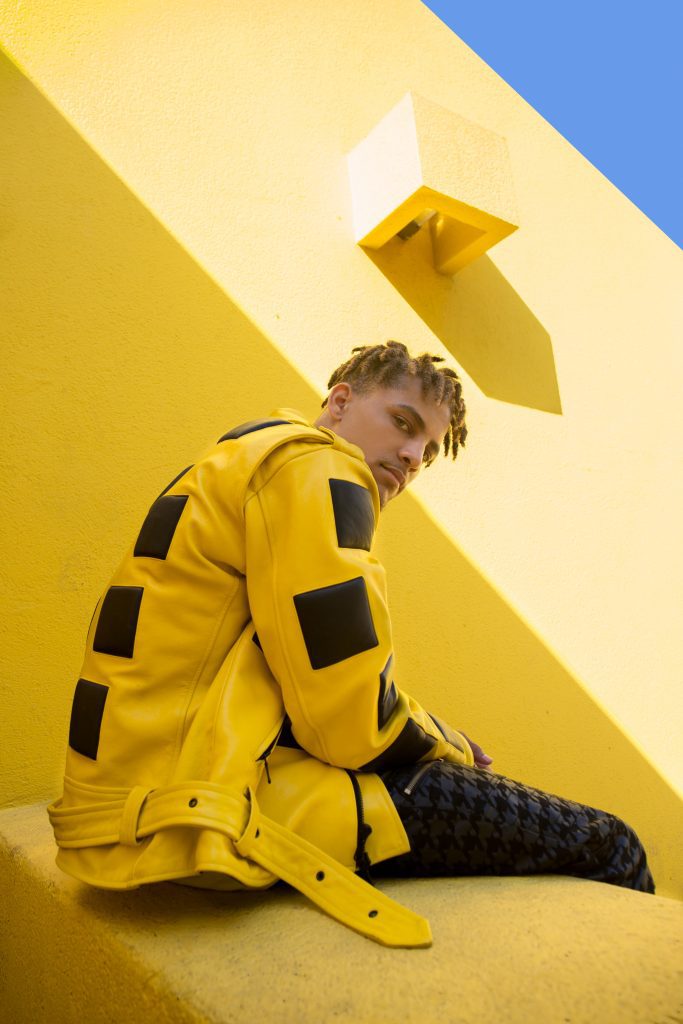
Virtual Influencers could be less controversial than human influencers as avatars are less likely to receive negative comments, similarly for brands that use these influencers. We live in a cancel culture; anything an influencer says or does can have huge and lasting effects on an influential figure’s public perception so working with an influencer who aligns to the brand values is incredibly important.
The virtual influencer content is highly customizable; there are endless possibilities for creative and seamless product integration. There is nowhere a virtual influencer cannot go and nothing they cannot do.
Carlos Mendiola, associate director of the Department of Media and Digital Culture at Tec de Monterrey Campus Santa Fe, states that it may be irrelevant for brands if the influencer
is an avatar. Brands are looking for someone who can engage with an audience and raise awareness about their products.
Should brands create Virtual Influencers?
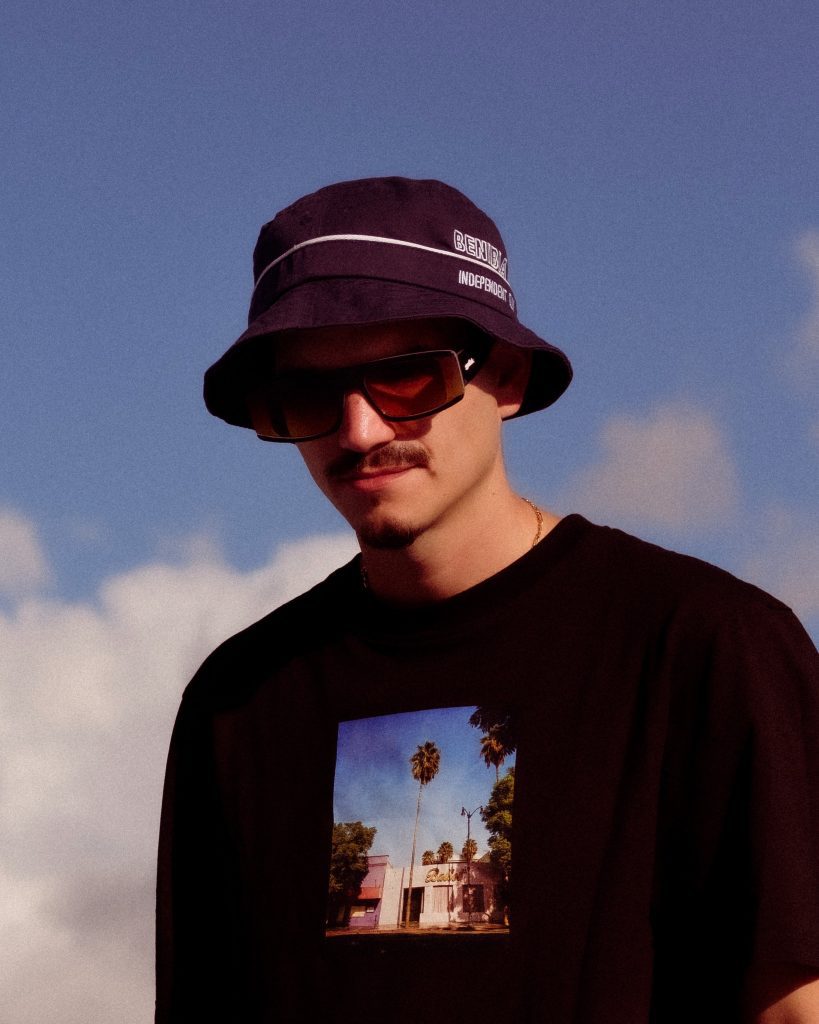
Brands should be asking themselves whether they should start thinking about creating their avatar. This virtual character can represent them on social media and build a community like any other influencer.
Today we can see quite a few brands that have already created a character in their likeness, a virtual influencer who shares all their values and aesthetics and intends to create a community.
KFC’s fast-food brand transformed the iconic Colonel Sanders into a virtual avatar and used him for several campaigns as the new image. Like any other model, the new Colonel performs and acts within the brand’s values and creates a stronger bond with the KFC community.
In South Asia, the fashion brand Puma launched a new campaign for their Puma Future Rider sneaker and created a virtual influencer for the campaign named Maya.
Designed by UM Studio and Ensemble Worldwide, Maya’s personality evolves as her interests are built according to her interactions on social media, thanks to Artificial Intelligence.
Prada is another example. They created
their first virtual influencer named Candy
to represent Prada’s aesthetic and values through their campaigns, building a stronger connection with their audience.
These brands demonstrate that the future is within the virtual world; future generations, such as Gen Zs, believe in these new adaptations and feel comfortable creating a community around these virtual avatars.
Who are these new virtual influencers
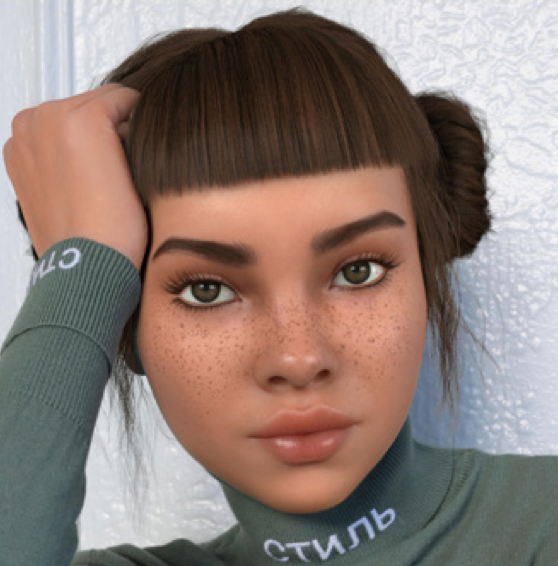
Lil Miquela
Describes herself as a “19-year-old robot living in Los Angeles with 3 million followers.” Her publications reach more than 60 thousand likes. Among the brands that have decided to collaborate with her are MINI Cooper, Givenchy, Spotify, and Samsung. She has created a large community with whom she even shares parts of her life that have led her to existential crises.

Ronald F. Blawko
Known as Blawko, is a self-proclaimed low-life who identifies as a robot man. He spends his time with his other virtual friends on IG or venting on Youtube to his subscribers.
Blawko has worked with brands such as Aliexpress.

KnoxFrost
Another male virtual influencer with more than 600.000 followers on IG, has partnered with global organisations from the World Health Organization to Rock the Vote. Knox has also appeared in various media: Forbes, Business Insider, AdAge, Fortune, Adweek, Buzzfeed, Mashable, Dazed, Betches and CNN.
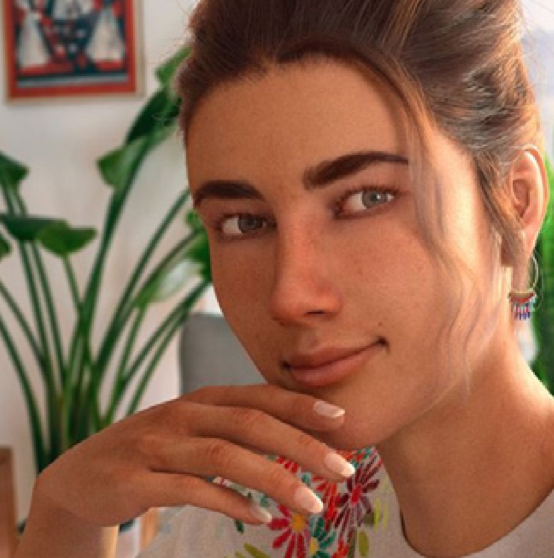
Mar.ia
Is the first Mexican virtual influencer. Her main focus is to raise awareness about different issues the world faces, such as climate change and other human issues such as gender equality.
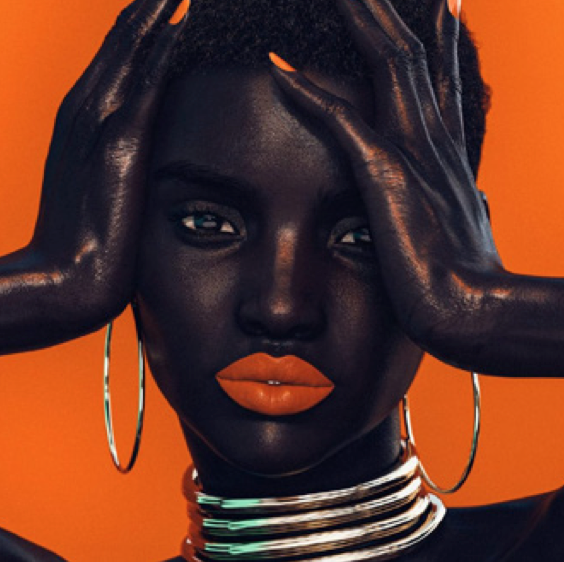
Shudu
Is a digital supermodel in her mid-to-late 20s from South Africa. Shudu advocates for the virtual human race; having worked with Cosmopolitan, Vogue, Balmain, and Smart Car, Shudu spends her time posing in premier, mystical shoot locations to display eye- popping fashion pieces.


